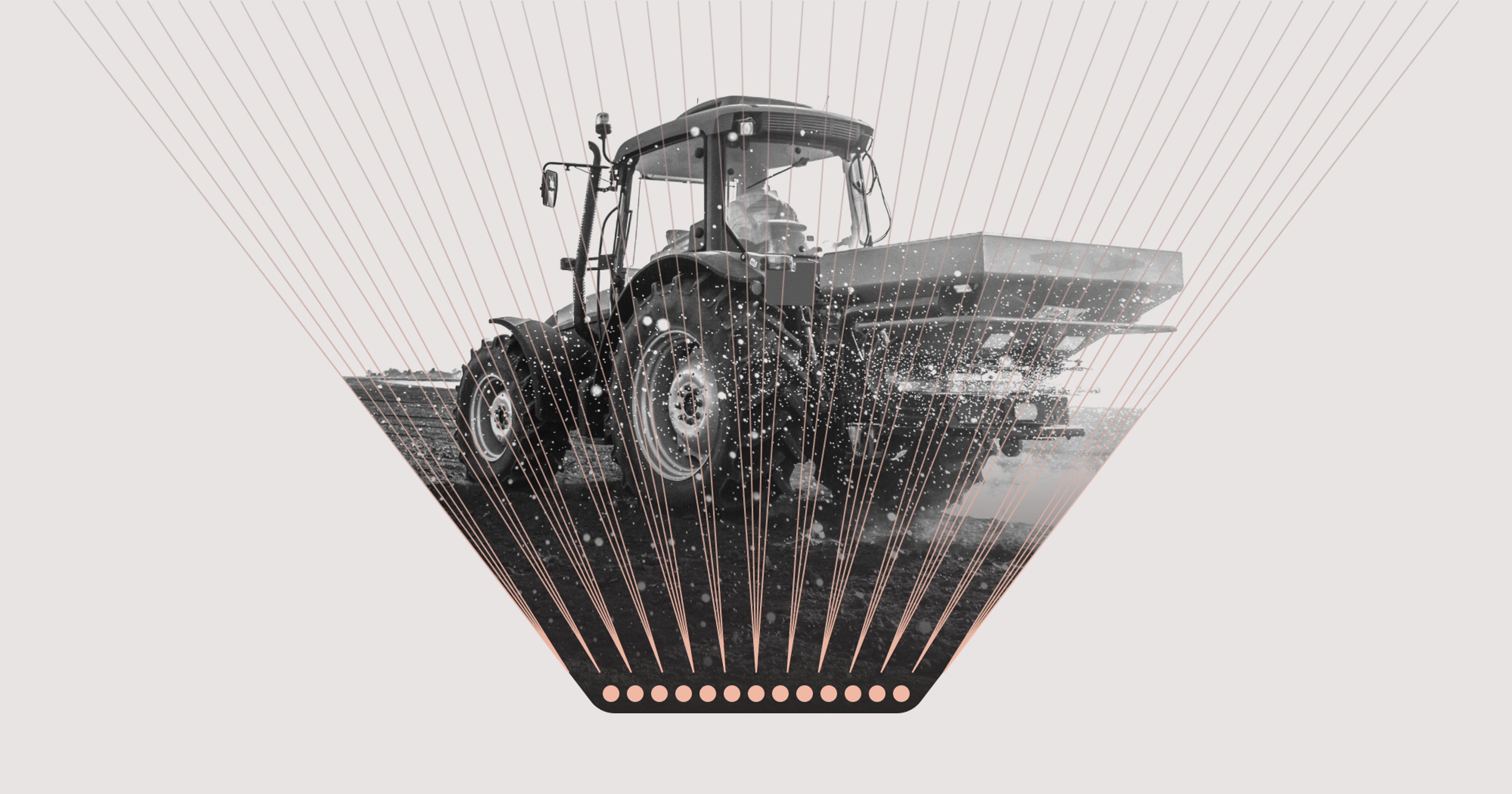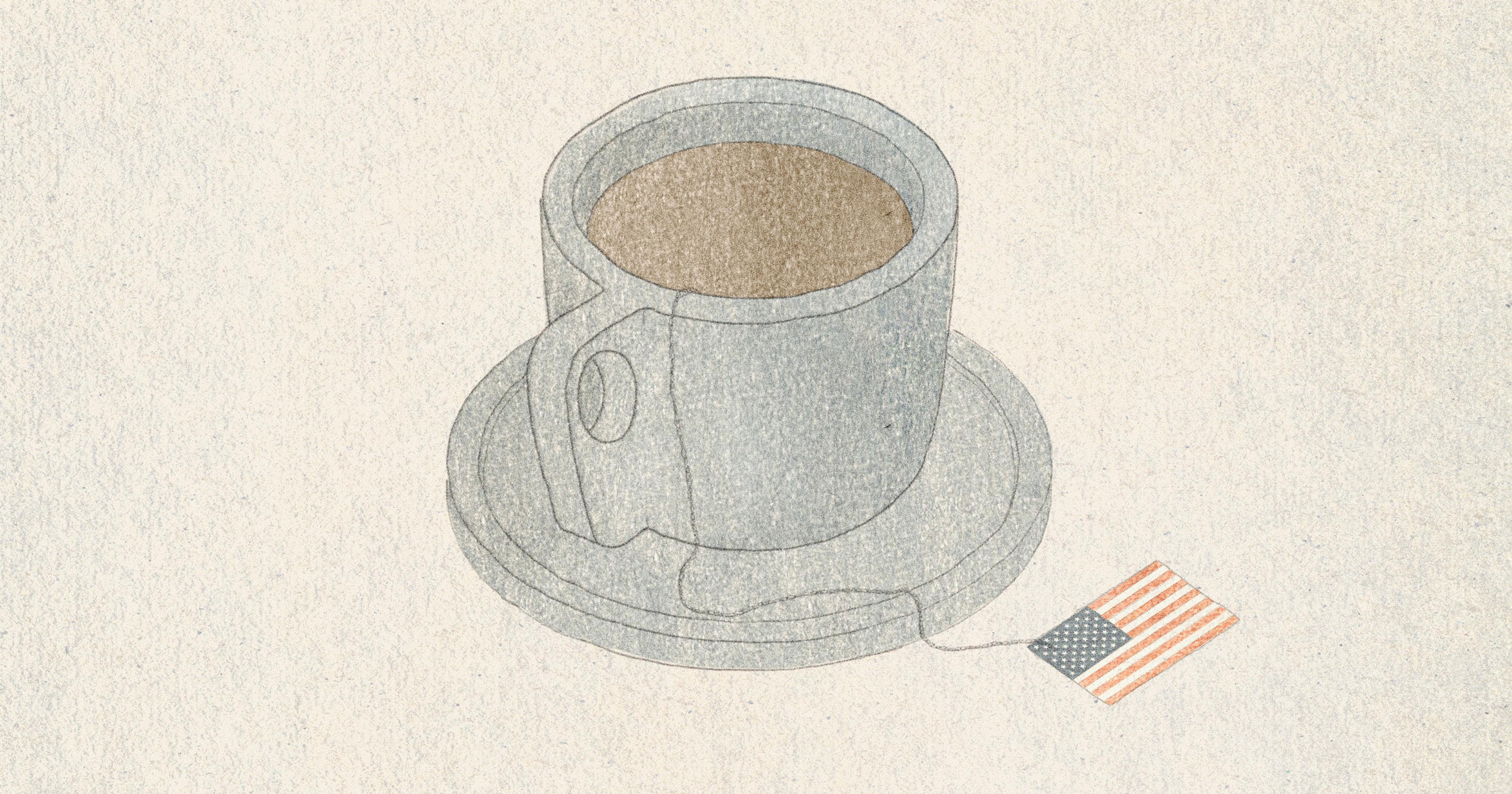There are only a handful of fertilizer companies for American farmers to buy from. The USDA is trying to change that.
From the perspective of the American farmer, a concentrated and globalized agricultural market carries inherent vulnerabilities. Arguably the most widely reported of these have emerged from a concentrated meat sector, where the Big Four meat companies (JBS, Cargill, Tyson, and National Beef) control some 70% of the market. Because the system is so consolidated, disruptions — whether from a pandemic or from Russian hackers — can lead to downstream losses on the order of billions of dollars, along with hundreds of thousands of wasted animals.
While it may not grab as many headlines, there is an increasing awareness of the impacts of concentration — and its attendant dependency on foreign materials — in the fertilizer industry. For example, 40% of the world’s potash, a key component in fertilizers which provides soluble potassium for growing crops, comes from Belarus and Russia. As a result, the war in Ukraine has significantly increased the global premium on potassium-based agricultural fertilizer. As with the meat sector, disruptions in the global supply chain have revealed deeply entrenched problems with concentration in the fertilizer industry. In response, the United States Department of Agriculture (USDA) has made it a priority to support a diversified, homegrown fertilizer sector in America, announcing $250 million in available funding for the development of these products.
Since 2020, fertilizer prices have gone through the roof. In October of that year, nitrogen fertilizer was $450 per ton; today that number is higher than $1,400. While nitrogen has seen the most dramatic increase by far, potash and diammonium phosphate are both more than $400/ton over their rate in mid-2020. Like every other major fertilizer, monoammonium phosphate hit an all-time high this April, at over $1,000/ton. But the rise in nitrogen prices is especially impactful, as nitrogens constitute some 50% of fertilizers used on the average farm. This leaves conventional farmers and economists worried about farm profitability in the coming year.

The nitrogen fertilizer industry has seen its own major consolidation. The number of firms in the market has reduced from 46 to 13 since the 1980s, and four companies now control 75% of the market. In terms of international volatility, nitrogen fertilizer carries its own concerns, as its key component is natural gas, the market dynamics for which are shifting daily with Russia as the world’s leading exporter. In addition to resources for producing these products being imported from foreign sources in volatile regions, America’s finished fertilizer products are largely foreign imports, with the majority of nitrogen fertilizers and 80% of potassium fertilizers coming from abroad.
Our current wave of fertilizer consolidation began in the early 1980s, when floundering commodity markets meant one-sixth of American farmland went out of production and demand for fertilizer plummeted. This drop in demand, combined with an increase in input costs for producing fertilizer, led to closed production plants and the exit of many small firms. Then as markets picked up in the new millenia, the handful of remaining companies expanded to fill the gap. This was largely due to increased government support for fracking, which opened up a key new source for the natural gas essential to producing nitrogen fertilizers. This, combined with the explosion of ethanol production (which depends on nutrient-intensive corn growing) thanks to government subsidies and high oil prices, also contributed to the rise in demand.
In light of the Covid-19 pandemic and disruptions caused by instability in countries holding the resources used to create agricultural fertilizers, Biden’s USDA has sought comments from the public pursuant to EO 14036 on promoting competition. Additionally, the agency pledged $250 million in March to fund alternative U.S.-made fertilizer options for farmers.
Corn prices have more than doubled since September 2020, and soy per bushel is up more than $6 dollars from $10.21 in that same month, but fertilizer input costs have outpaced this price growth, with the input cost per acre of corn rising from $94 to $232 and cost per acre of soy rising from $46 to $106. At the same time, this year is expected to see rising costs for labor, equipment, and seeds, and rise in fertilizer prices is only expected to continue.
Fertilizer companies have blamed the hike in raw material for rising prices, but raw material costs are up 30%, well below the percentage increase in fertilizer prices. It is also the case that, while energy costs are rising, less energy-intensive fertilizers are rising at similar rates to nitrogen fertilizers, which rely heavily on natural gas. This suggests energy costs are not a sufficient explanation for rising prices.
Clear answers about whether fertilizer companies are abusing their market power and gouging farmers are not presently available.
Other supply chain holdups, residual from the pandemic, may be contributing to high prices, but the trend has been continuing for several years. An increased global demand may also be driving high prices, as countries like India require increased fertilizer loads. Finally, with higher crop demand year over year, fertilizer demand rises domestically, which means prices will rise. In order for farmers to turn a profit with rising input costs, prices will likely have to rise even further this year. This, in turn, can create a vicious cycle where higher food prices then contribute to the growing inflation problem in the U.S.
Farmer groups are feeling the pressure of mounting input costs and have expressed concerns that the large fertilizer companies are abusing their market power and artificially raising prices. In addition to USDA, Iowa Attorney General Tom Miller has pursued an investigation into these pricing issues. These investigations are ongoing, and clear answers about whether leading fertilizer companies are abusing their market power and gouging farmers are not presently available. What is certain is that conventional farmers are feeling the pressure and looking for relief. In a market that has been consolidating for decades, few American-made alternatives to the major companies are available, and emerging fertilizer companies are not presently in a position to provide other options to hurting producers.
Whether the fertilizer companies are artificially inflating their prices or not, farmers don’t have many places to turn for alternative product. In this sense, a lack of competition limits farmer options, leaving those producers to look for ways to decrease their application and utilize other techniques for decreasing fertilizer reliance. The rate of fertilizer price increase may outpace benefits in yield, meaning that a farmer might choose simply to decrease application, or apply a spare amount early in the season and only re-apply as needed.
This, at least, could be seen as a silver lining of the current rise in prices, because lower fertilizer application means fewer nutrients leaching into waterways and causing problems for water quality and aquatic life. Production, not just application, of fertilizer comes with its own environmental concerns, including its energy-intensive manufacture, some of which depends on fracking for natural gas.
Still, conventional farming methods at present cannot escape the need for fertilizers in order to reach the desired yield. Consistent applications of the key nutrients contained in the major fertilizers is necessary to keep yield high in modern commodity farming. Although sustainable practices for retaining nutrients are available and organic inputs for increasing soil nutrients are being explored, they are not positioned to present a full alternative to the current fertilizer industry in the near term. Reducing application may not be enough to counterbalance the burden of these high prices.
Whether consolidation is the main driver of soaring prices or not, there is an opportunity for creative entrepreneurs who could create cheaper, American-made alternatives as prices become untenable for farmers at their current level. Furthermore, the current disruption caused by conflict in Ukraine points out the security need for producing a greater quantity of these essential inputs domestically.
To that end, the USDA accepted comments on how to utilize the announced $250 million in funding for fertilizer diversification through June, and expects to announce grant funding later in the year.







